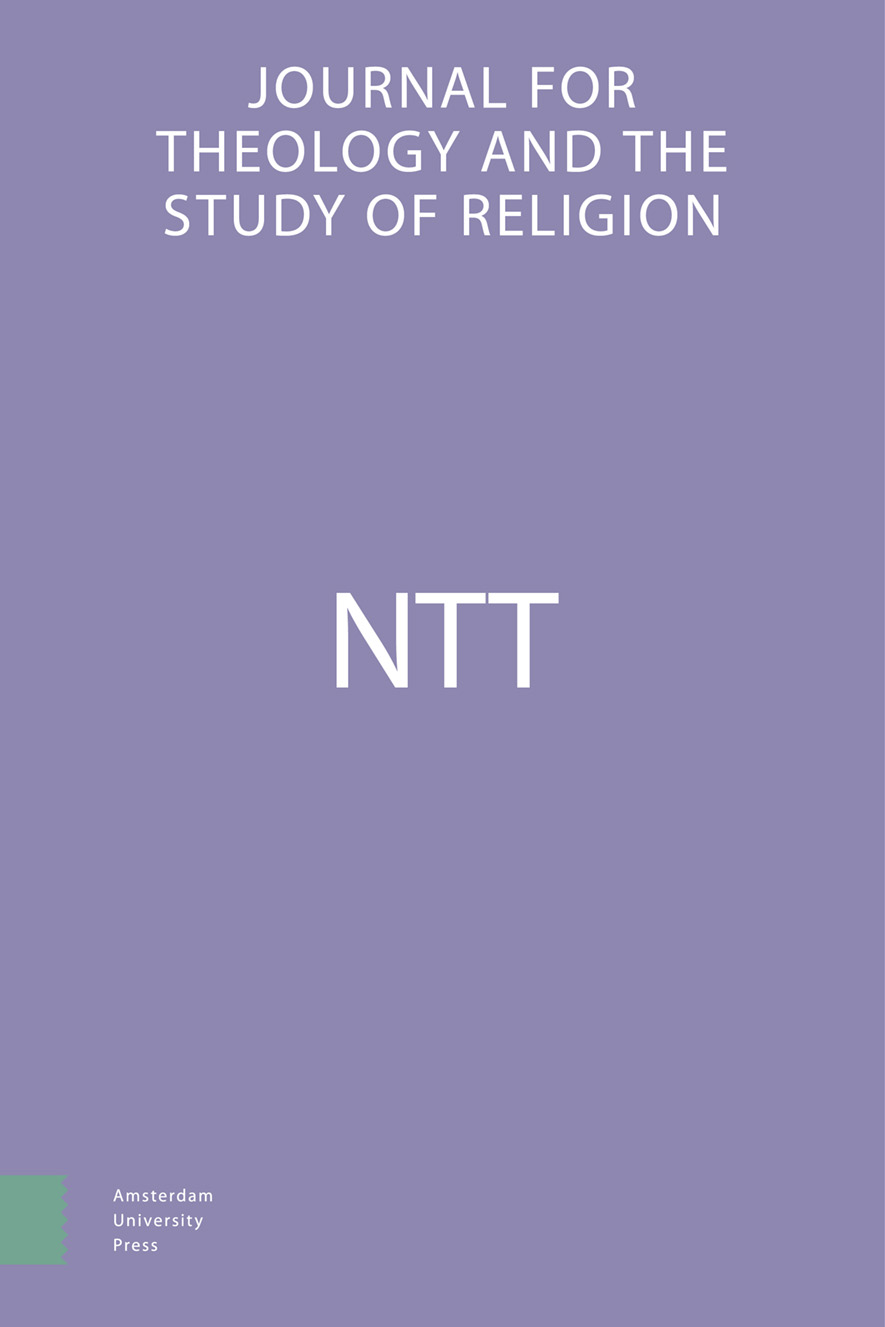-
oa Paul, the Rabbis, and the Gentiles
Conversing with Adi Ophir and Ishay Rosen-Zvi
- Amsterdam University Press
- Source: NTT Journal for Theology and the Study of Religion, Volume 76, Issue 2, Jun 2022, p. 131 - 150
-
- 01 Jun 2022
Abstract
Combining review and critical discussion, the article begins by summarising the successive chapters of Adi Ophir and Ishay Rosen-Zvi, Goy: Israel’s Multiple Others and the Birth of the Gentile (2018). The book traces the development of the phrase goy from its meaning of “nation” in the Old Testament to the meaning of “non-Jew” in rabbinic literature. The apostle Paul is given a singular importance, as he was the first to use the Greek term ethnē in the singular to denote non-Jews, prefiguring rabbinic usage. The two main genres of rabbinic literature are thought to operate in tandem: while in halakhah, goy has an abstract, non-descript profile, aggadah provides it with colour and value, often in a very negative way. In reaction, the article posits that both Paul and the rabbis must be read in their historical context, where social polarisation linked with violence and war played a major role. Paul did not “invent” the goy but used the existing term ethnē in his dispute over the admissibility of gentile Christians in the 50s CE. As to the rabbis, the successive revolts against Rome seem to have gone along with a polarisation process which radicalised the antithetical sense of goy.


